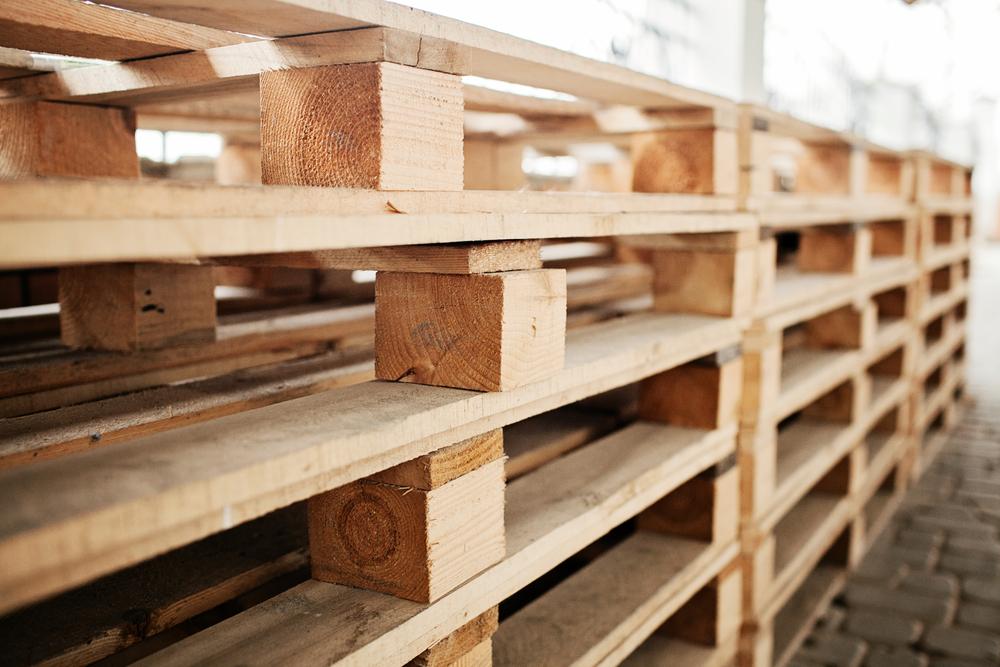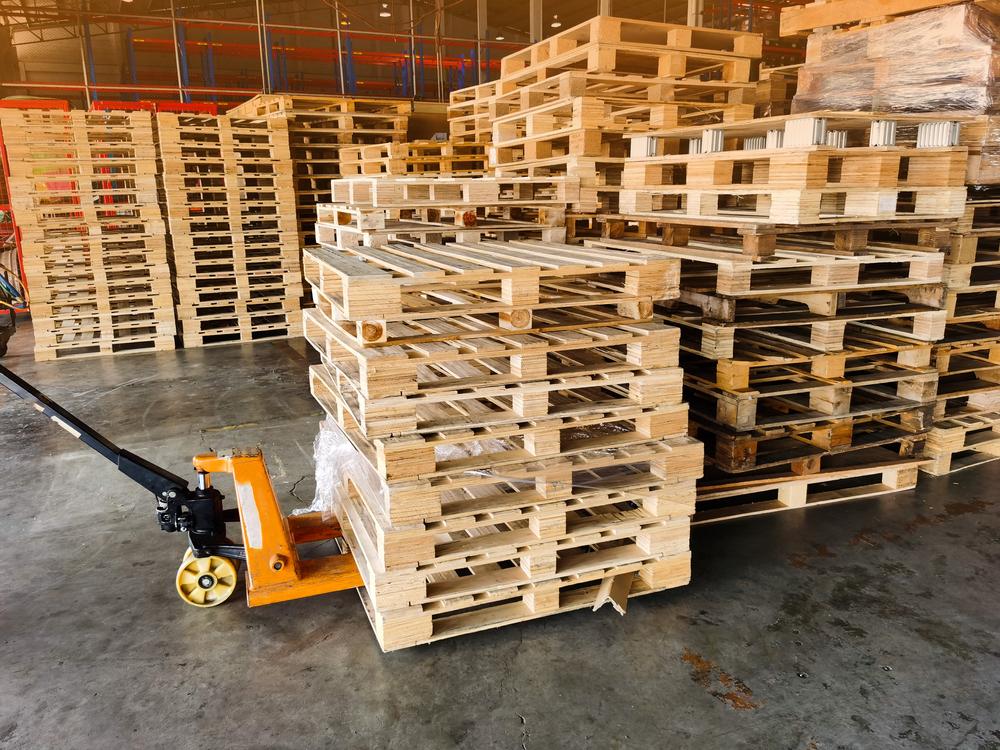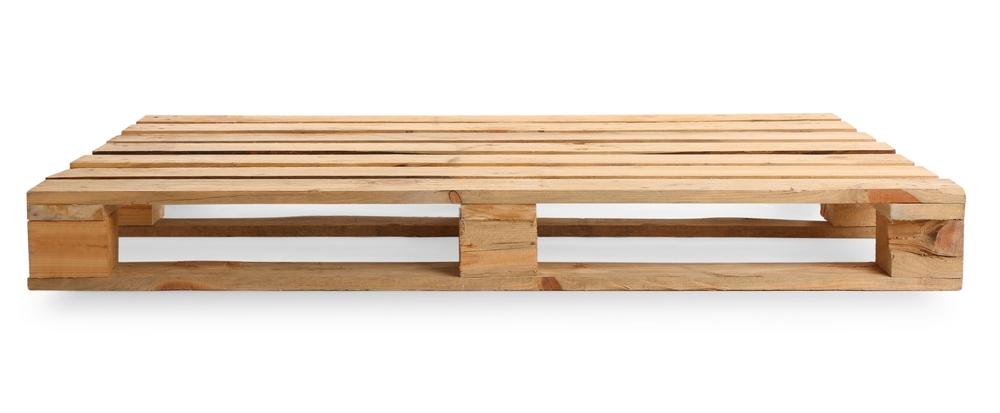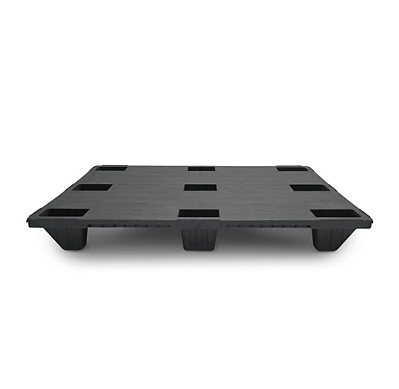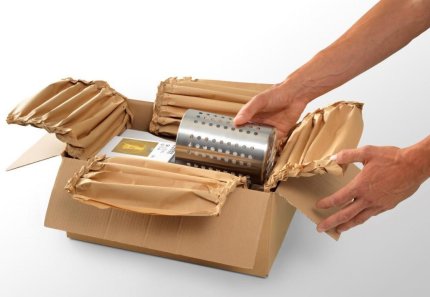Welcome to the fascinating world of pallets! These humble wooden (and sometimes plastic) platforms have played a crucial role in the realm of warehouses and transport logistics. They’re like the unsung heroes of the shipping world, silently supporting our goods as they journey from one place to another. But despite their importance, it’s actually quite hard to pin down when exactly the Pallet was invented but there are a few big innovations that stand out. These people left a mark on the world of logistics and helped pave the way for a warehouse revolution!
Howard T. Hallowell
The concept of using pallets can be traced back to ancient civilizations, where wooden skids were used to move heavy objects. This remained the primary method from the days of Ancient Egypt right up until the early 20th century. It’s around here that we start to see some real changes coming into being! Enter Howard T. Hallowell who entered in a patent for a “lift truck platform” in 1924. Which means, wooden pallets as an invention are 100 years old this year! Interestingly enough, the forklift was first patented in 1920, which presumably made for an awkward 4 years in the warehouse. But it would take some time for the platform of Hallowell to become the Pallet we know and use today. And sadly, as with many piece of technology, World War II is behind it.
Robert Braun
The sudden need for faster logistics across the world made the use of forklifts and pallets the de facto choice for large good shipments. It’s during this time that the classic four-way pallet emerged with options for lifting across all four sides. As mass production and standardised sizes came into play, by the end of the war there was a sudden rush to file a patent (oddly enough, there weren’t all that many being filed during wartime). The man we credit with the four way patent is called Robert Braun, but he wouldn’t be the last to innovate on the humble pallet.
The Euro Pallet
It wasn’t until 1961 that standardisation gave us the consistent design and size we’re familiar with, standard Euro Pallets. These pallets have specific dimensions that fit within a standardised transport, the original was 1200 x 800 x 144 mm and had exact restrictions on how many boards could be used (even a limit on how many nails) in order to be standardised. There are a few variations available these days but the Euro Pallet remains the staple that many stand by when it comes to pallet designs.
What about Plastic Pallets?
Much like the original four way pallet, the exact date of creation for plastic pallets is unclear. It’s believed that some time in the 1960’s is most likely. But as with the wooden pallet, it’s down to the patent. While we don’t know who first filed the patent, the innovation did make sense. Plastic was more durable and easily formed. But after realising the recyclability issues, a lot of people began to move back to wooden pallets. We offer both options at RAJA but will always try to make sure we encourage the use of sustainable options.
—–
Interested in getting some Pallets for yourself? While we don’t have any that are 100 years old, we do have 70 years of experience! Get in touch and see what solution we can offer you.







